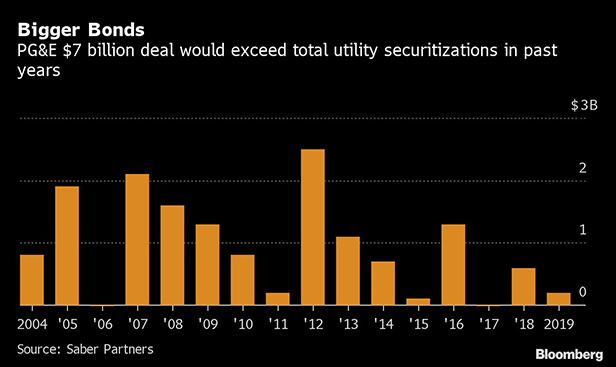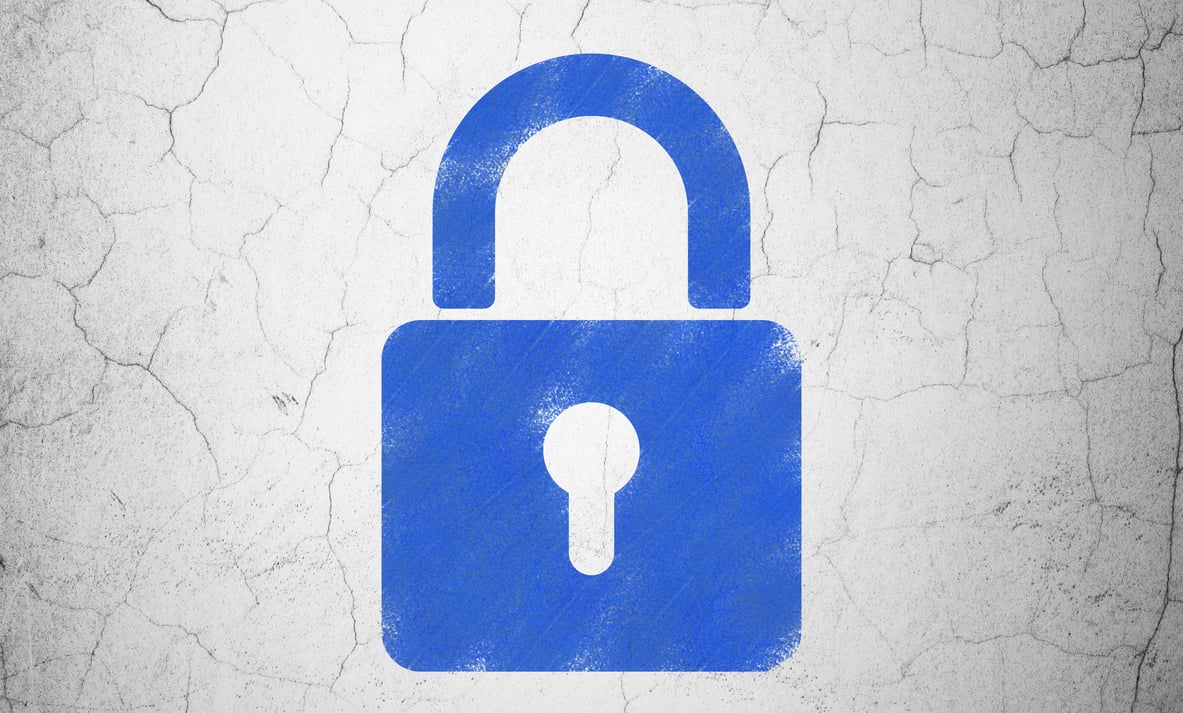
Fires and floods are sending some of the nation's largestutilities to the bond market to cover huge, unexpected bills.California's PG&E Corp., which was forced into bankruptcy ayear ago after its equipment sparked the deadliest wildfire instate history, is seeking permission from the state to issue asmuch as $7 billion in bonds to cover claims. Meanwhile, NorthCarolina-based Duke Energy Corp. is putting together a bond deal topay for almost $1 billion in repairs and other expenses fromhurricanes and snowstorms that swept across Florida and theCarolinas.
|"In the past, storms haven't been at this magnitude or thiscost," said Chris Bauer, director for credit and capital markets atDuke.
|The deals underscore how climate change is driving up theexpense of natural disasters for utilities. Power companies havealways had to deal with wildfires and storms, but they'vetraditionally paid for the damages with modest rate hikes. As moreextreme weather patterns trigger bigger and more frequent storms,the costs have skyrocketed. Utilities need a way to spread them outover years, and bonds—backed by a special line itemcharge on customers' bills—are emerging as a potentialstrategy.
|Storms have typically cost Duke in the tens of millions ofdollars—no small amount, but part of the cost of doing business inthe U.S. Southeast. But a series of extreme weather events in 2018and 2019 caused unprecedented damage, and adding the full cost tobills would shock customers. Instead, Duke is putting together adeal to securitize the costs, issuing a bond that would be paidback over 10 years. While ratepayers still have to pick up the tab,spreading it out over a longer period makes the monthly bite morebearable. And because the notes are backed by a charge added tocustomers' bills, the bonds are likely to get favorable financingterms, further reducing costs.
|
North Carolina approved the plan in November, and Duke expectsto complete the deal next year. Florida authorized a similar bondarrangement in 2015 after a repair at Duke's Crystal River nuclearplant went awry and it had to be shut for good. The companysecuritized about $1.3 billion at an average rate of 3 percent,compared with about 6 percent return on equity that customerstypically would pay. And Duke may consider using bonds to pay forclosing coal-ash ponds in the Carolinas. Under a January settlementwith state regulators, the project could cost up to $9 billion over20 years.
|"The amounts are so large that if you tried to use traditionalfinancing, the rate shock would be too high," said Joseph Fichera,CEO of Saber Partners LLC, a New York advisory company. "This iswhere securitization comes to the rescue."
|In California, climate change has meant hotter, longer summersthat bake vegetation and create an almost year-round wildfireseason. The November 2018 Camp Fire that killed 85 people was justone of a string of blazes that were ultimately tied to PG&Eequipment, driving the company into bankruptcy with $30 billion inestimated liabilities.
|Its bond issue would be backed by a charge on customer bills andoffset by credits from tax benefits and other sources, according toa filing with state regulators. The securitization financing wouldhelp improve PG&E's credit metrics upon its emergence fromChapter 11, the company said.
|"Absolutely, one of the motivations we're seeing forsecuritization is for dealing with the impact of climate change,"said Uday Varadarajan, a principal with the Rocky MountainInstitute. "If an asset is destroyed or becomes useless,refinancing becomes a more attractive option."
|Utilities are also using bonds to close coal-fired power plantsearly. In Wisconsin, WEC Energy Group Inc. is putting together anoffering now to refinance about $100 million for a plant itshuttered in 2018. And in Michigan, CMS Energy Corp. has issuedabout $390 million in bonds to cover costs from three coal plantsit closed in 2016, and plans to issue additional bonds for otherplants it's expecting to shutter in the coming years.
|The bonds make the whole process less expensive, said SriMaddipati, CMS's vice president for investor relations. But"ratepayers are still paying for it," he said.
||
|
Copyright 2020 Bloomberg. All rightsreserved. This material may not be published, broadcast, rewritten,or redistributed.
Complete your profile to continue reading and get FREE access to Treasury & Risk, part of your ALM digital membership.
Your access to unlimited Treasury & Risk content isn’t changing.
Once you are an ALM digital member, you’ll receive:
- Critical Treasury & Risk information including in-depth analysis of treasury and finance best practices, case studies with corporate innovators, informative newsletters, educational webcasts and videos, and resources from industry leaders.
- Exclusive discounts on ALM and Treasury & Risk events.
- Access to other award-winning ALM websites including PropertyCasualty360.com and Law.com.
*May exclude premium content
Already have an account? Sign In
© 2024 ALM Global, LLC, All Rights Reserved. Request academic re-use from www.copyright.com. All other uses, submit a request to [email protected]. For more information visit Asset & Logo Licensing.







